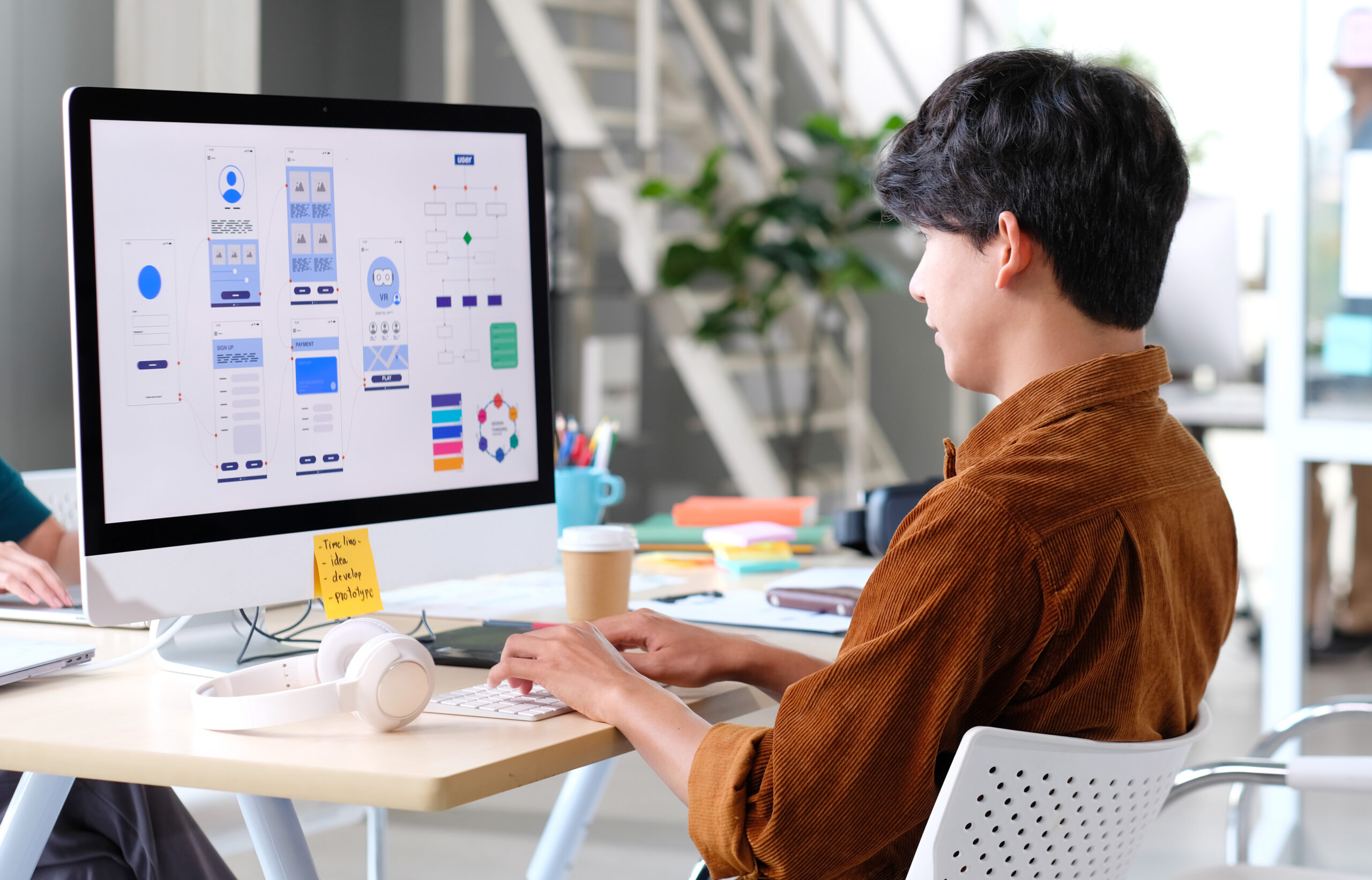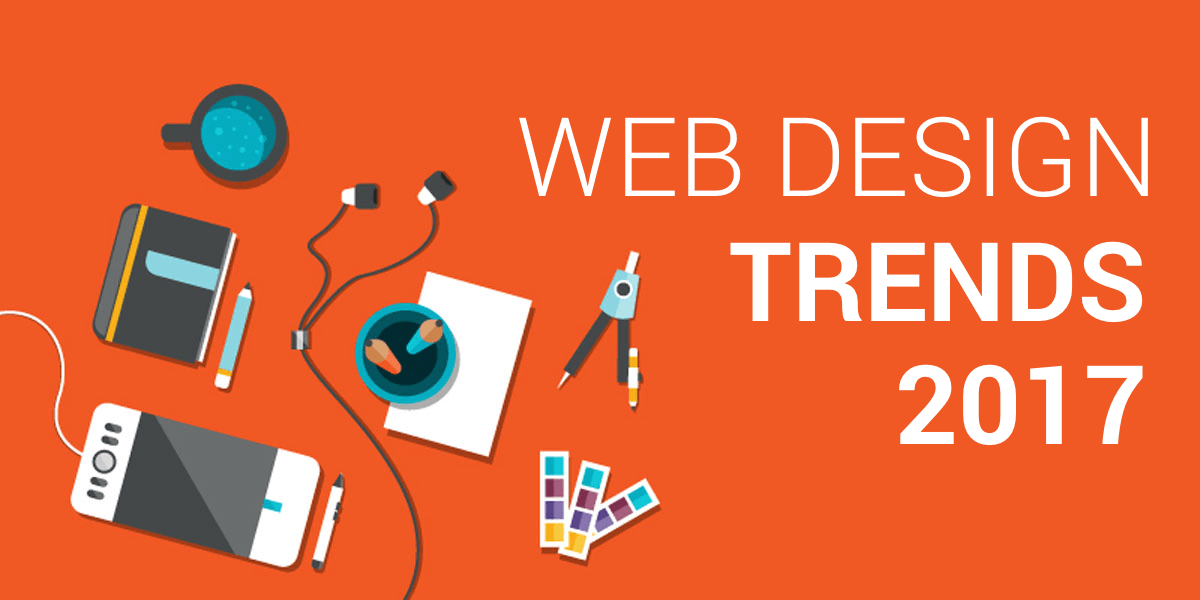Aligned Position Web Design: Building Responsive, Mobile-Friendly Websites for Modern Users
Aligned Position Web Design: Building Responsive, Mobile-Friendly Websites for Modern Users
Blog Article
The Most Effective Kinds Of Web Style to Enhance Individual Experience and Engagement
In the ever-evolving landscape of digital interaction, the efficiency of Web layout dramatically affects individual experience and involvement. Different layout methods, such as minimalist, receptive, and interactive formats, each offer distinct advantages that can cater to varied customer needs. Recognizing which sorts of website design ideal serve these goals can be crucial for services aiming to enhance consumer satisfaction and retention. The concern stays: which layout components truly resonate with individuals and foster significant involvement? The expedition of these concepts reveals crucial understandings that may redefine your approach to website design.
Minimal Website Design
As electronic landscapes become significantly chaotic, minimal Web design has arised as a powerful method to enhancing user experience. This layout viewpoint prioritizes simplicity, focusing on important aspects while removing unneeded diversions. By utilizing sufficient white space, straightforward navigating, and a minimal color palette, minimal layout promotes clarity and directs customer interest to essential content.
The core concept of minimalist website design is to produce a seamless communication for individuals. By decreasing cognitive load, individuals can quickly grasp details without feeling bewildered. This direct approach not just enhances usability yet likewise urges interaction, as visitors are a lot more likely to discover a site that is simple and aesthetically attractive to browse.
Furthermore, minimalist style frequently stresses typography and imagery, using these elements tactically to convey messages successfully. This focus on necessary components can boost brand identity and develop a memorable individual experience. Fundamentally, minimalist Web design is not just a fad; it is a thoughtful approach that acknowledges the importance of user-centered style. By removing away supplementary elements, designers can develop a much more interesting, efficient, and satisfying Web experience for all customers.
Receptive Web Design
In today's diverse digital atmosphere, receptive website design has actually come to be essential for creating a seamless individual experience across a wide variety of tools. As customers accessibility internet sites on smart devices, tablet computers, desktop computers, and laptop computers, the ability of a website to adjust its format and web content to various screen sizes and resolutions is essential.
Responsive website design utilizes versatile grids, pictures, and CSS media queries to make certain that Web material is provided efficiently, despite the tool made use of. This technique not only enhances the aesthetic charm of a site but also significantly boosts functionality. Users are more probable to engage with a site that supplies a constant experience, as it eliminates the disappointment of having to focus or scroll excessively.
By embracing receptive layout, companies can boost their visibility and get to a more comprehensive audience. In recap, receptive Web style is a basic practice that improves customer experience, engagement, and overall fulfillment.
Interactive Web Design
Responsive website design prepares for improving customer experience, but interactive Web style takes this an action better by engaging users in a much more vibrant means - Aligned Position Web Design. By incorporating elements such as animations, clickable models, and real-time responses, interactive Web layout captivates users, drawing them into a richer surfing experience
This technique not just cultivates engagement but also motivates individuals to check out material proactively as opposed to browse this site passively eating it. Strategies such as gamification, where customers earn rewards for completing tasks, can considerably improve the time invested in a site and improve general fulfillment. Moreover, interactive attributes can streamline intricate details, making it extra delightful and absorbable.

Including interactive design aspects can additionally lead to higher conversion prices, as users are a lot more most likely to engage with a site that proactively entails them. Aligned Position Web Design. Ultimately, interactive website design changes user experiences into remarkable trips, making sure that site visitors return time and once more
Flat Design
Defined by its minimalistic technique, level layout stresses simpleness and capability, removing away unneeded components and concentrating on crucial functions. This layout viewpoint prioritizes functionality, making sure that individuals can navigate interfaces easily and effectiveness. By employing a clean aesthetic, level layout removes the mess commonly discovered in a lot more elaborate styles, thus improving customer concentrate on web content and capability.
The hallmark of level layout hinges on its use bold colors, simple typography, and geometric forms. These aspects add to a visually enticing user visit their website interface that is both friendly and modern-day. Additionally, level design cultivates a feeling of quality, enabling customers to determine vital actions and details without disturbance.
Additionally, level layout is particularly efficient in responsive Web layout, as its simplicity equates well throughout various devices and display dimensions. By concentrating on important attributes, level design not only satisfies user requirements but likewise motivates smooth communication, making it an important element of reliable Web design techniques.
Adaptive Website Design
Flexible website design customizes the individual experience by producing numerous dealt with layouts customized to different display dimensions and tools. Unlike receptive layout, which fluidly readjusts a single layout, adaptive design employs distinct designs for particular breakpoints, making sure optimum discussion on numerous systems. This technique permits developers to concentrate on the special features of each tool, boosting functionality by providing exactly what individuals need based on their context.
One of the primary benefits of flexible website design is its ability to optimize load times and efficiency. By offering tailored content and images that fit the user's tool, internet sites can lessen information usage and improve loading rates. This is specifically helpful for individuals with slower connections or limited information strategies.

Furthermore, flexible style promotes a more regulated and regular branding experience. Since designers develop numerous layouts, they can make sure that the aesthetic elements line up with the brand name's identification across different systems - Aligned Position Web Design. This causes a cohesive individual experience, improving involvement and advertising user retention
Final Thought
In verdict, the integration of minimalist, responsive, and interactive Web layout concepts significantly improves individual experience and involvement. Minimal design fosters clarity and focus, while responsive style makes sure flexibility throughout various devices, promoting ease of access. Interactive style mesmerizes individuals with vibrant aspects, motivating expedition and customization. Jointly, these style comes close to add to the development of easy to use environments that not only enhance fulfillment however likewise drive higher conversion rates, highlighting their important value in contemporary Web layout methods.

Minimalist style fosters clarity and focus, while responsive design guarantees versatility throughout different gadgets, advertising ease of access. Collectively, these style approaches add to the production of straightforward settings that not just boost satisfaction but also drive higher conversion prices, emphasizing their critical importance in modern Web layout approaches.
Report this page